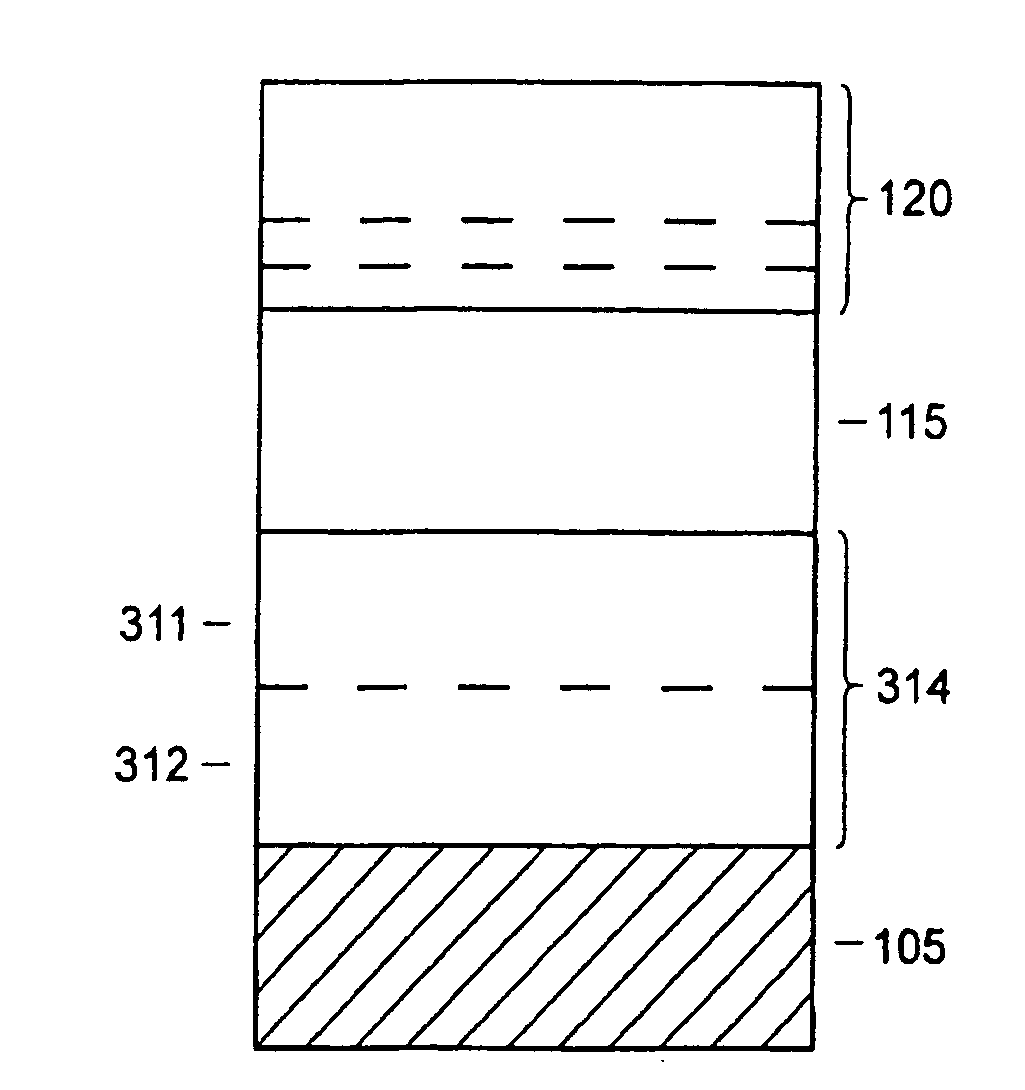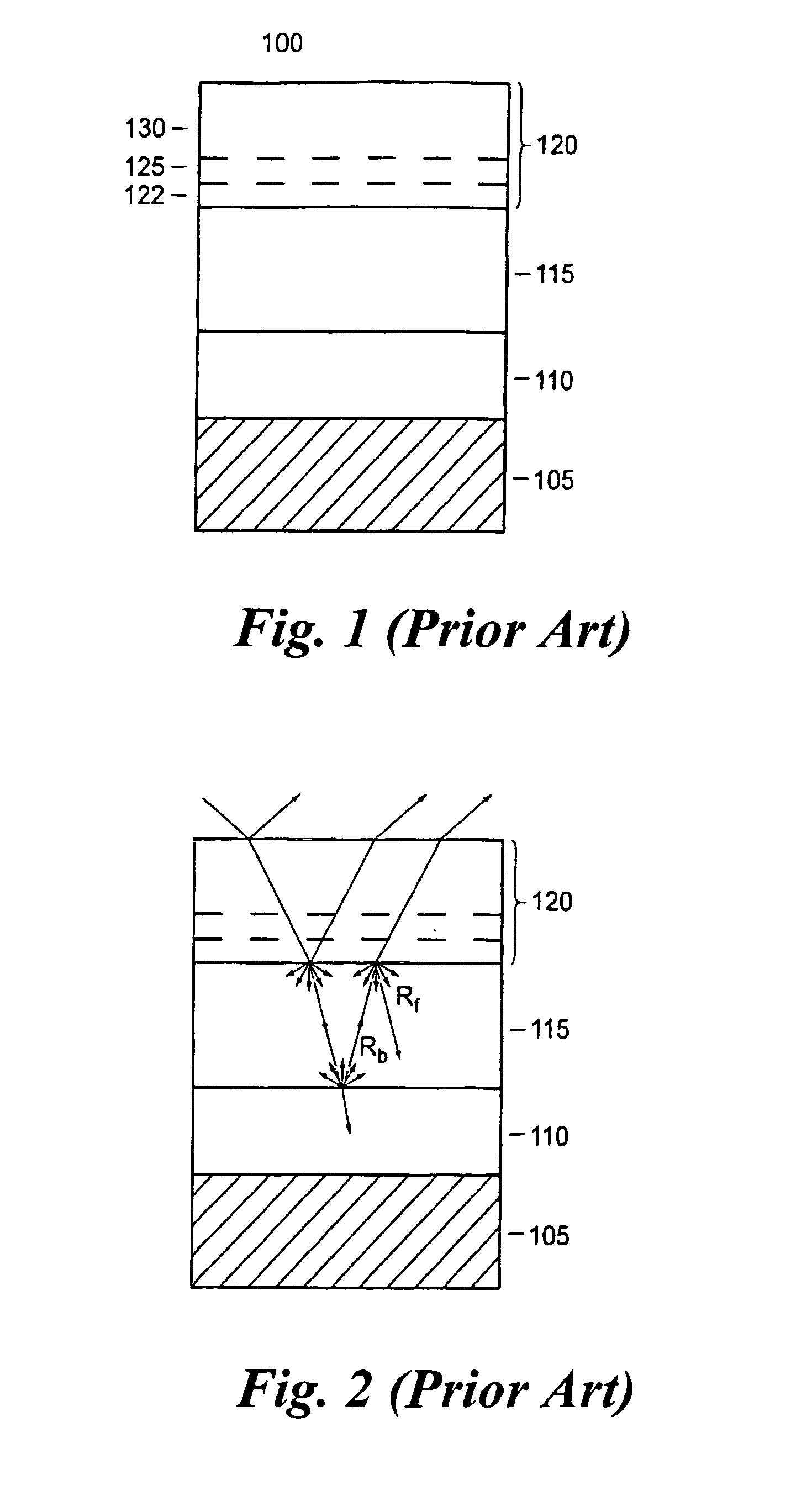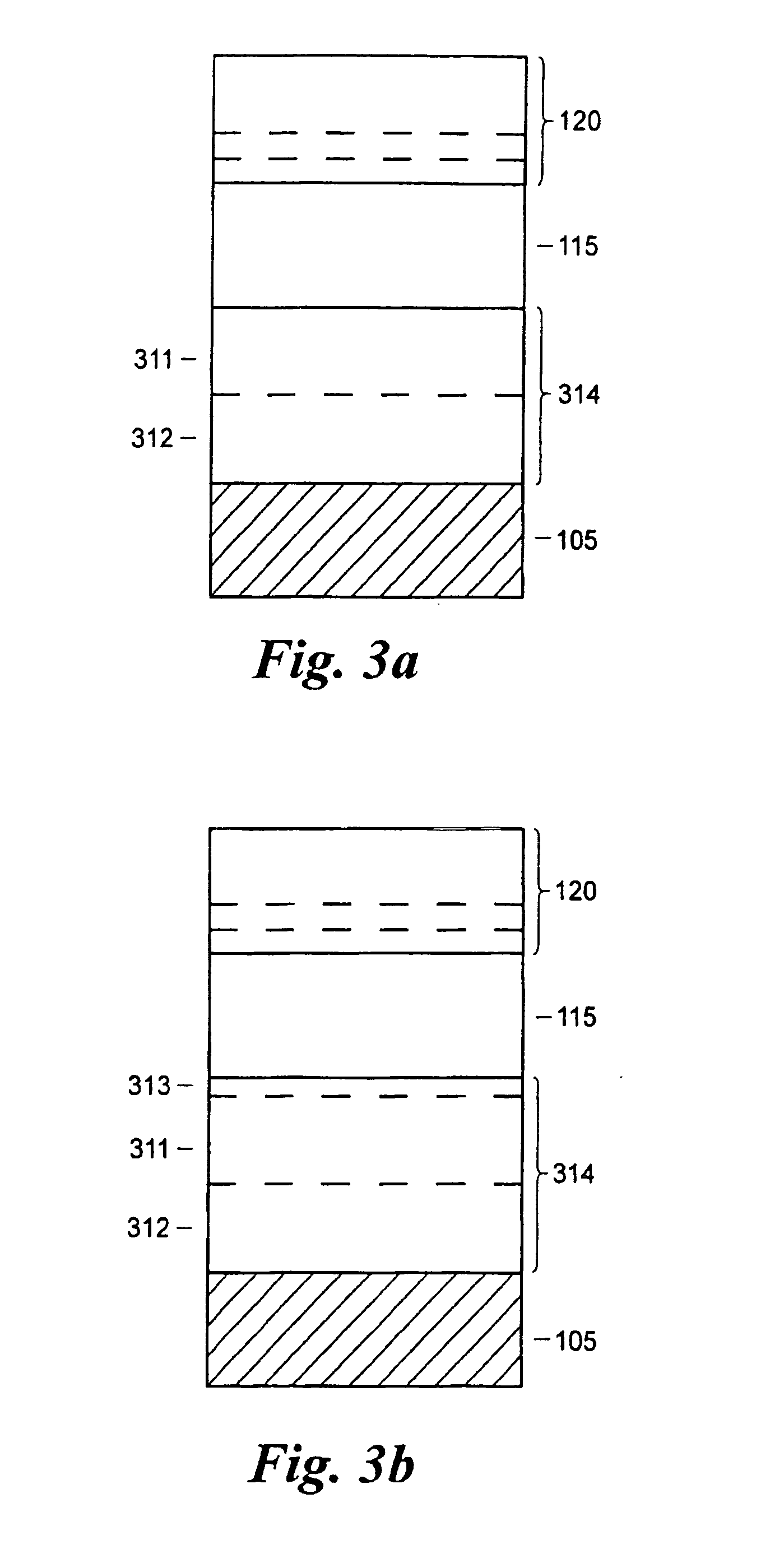Thin Film Solar Cell and Manufacturing Method
a solar cell and film technology, applied in the field of thin film solar cells, can solve the problems of reducing performance, limiting the market, and reducing efficiency, and the high cost of pv electricity is still limiting the market access,
- Summary
- Abstract
- Description
- Claims
- Application Information
AI Technical Summary
Benefits of technology
Problems solved by technology
Method used
Image
Examples
process examples
[0076]Examples of realization of the above described steps according to the present invention will be described.
Example of Step 615: Formation of the Reflector Layer:
[0077]Zirconium nitride (ZrN) back reflector layers were prepared by reactive DC magnetron sputtering from an elemental Zr target in a mixed argon and nitrogen atmosphere on glass or Mo coated glass substrates. The plasma current was kept constant at 2.5 A in all depositions. Several ZrN deposition series were made, in which the sputter parameters process pressure, argon flow and nitrogen flow were varied. Films with good optical properties were obtained for instance with a process pressure of 5 mTorr, 100 sccm Ar flow, 18 sccm N2 flow, and 400 s deposition time. With these settings, a growth rate of about 2.5 nm / s and a resistivity of 0.45 μΩm was obtained on glass substrates, which for a 400 s deposition leads to a sheet resistance below 0.5 Ω / sq. The growth rate was slightly higher, about 3 nm / s, on Mo substrates.
[00...
PUM
 Login to View More
Login to View More Abstract
Description
Claims
Application Information
 Login to View More
Login to View More - R&D
- Intellectual Property
- Life Sciences
- Materials
- Tech Scout
- Unparalleled Data Quality
- Higher Quality Content
- 60% Fewer Hallucinations
Browse by: Latest US Patents, China's latest patents, Technical Efficacy Thesaurus, Application Domain, Technology Topic, Popular Technical Reports.
© 2025 PatSnap. All rights reserved.Legal|Privacy policy|Modern Slavery Act Transparency Statement|Sitemap|About US| Contact US: help@patsnap.com



